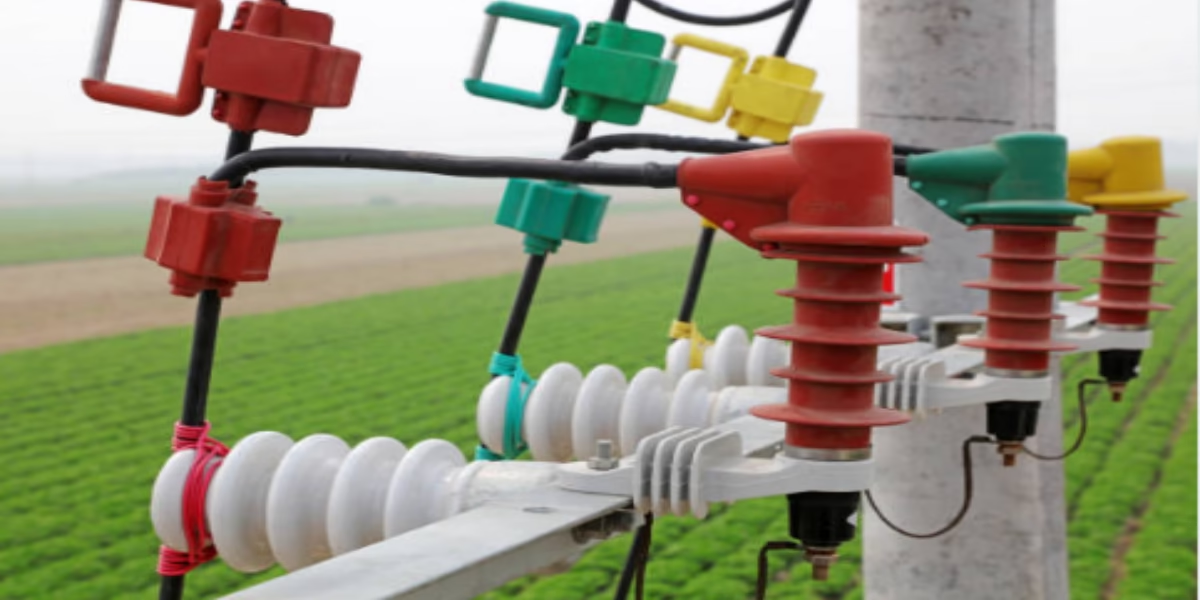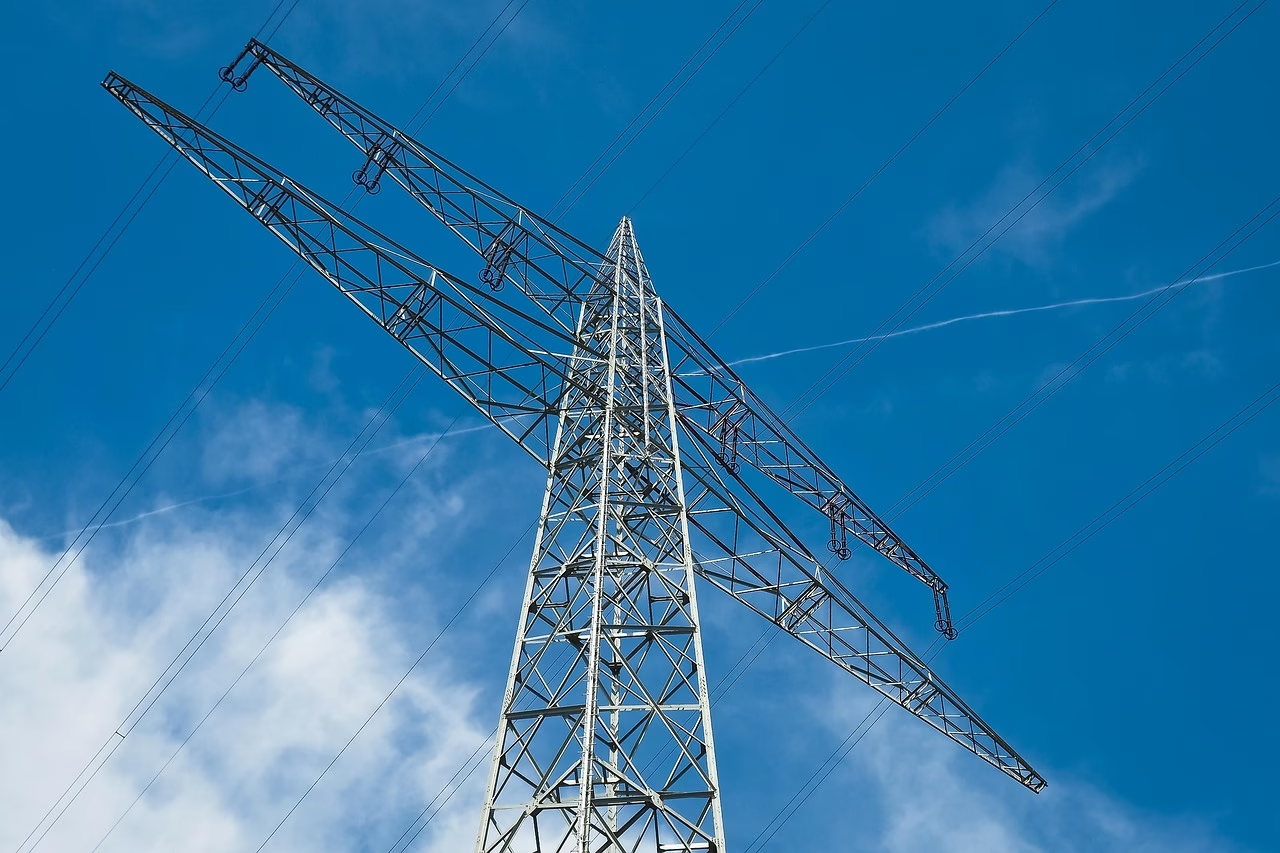In the intricate world of electrical systems, where the flow of current is both a marvel and a potential hazard, the unsung heroes often go unnoticed. Among these vital components are disconnecting switches—essential safety devices that provide a crucial lifeline in managing electrical hazards. Acting as gatekeepers, these switches play a pivotal role in isolating circuits, ensuring that maintenance tasks can be performed safely and effectively. This article delves into the fundamentals of disconnecting switches, exploring their design, functions, and significance in maintaining the integrity and safety of electrical infrastructure. As we illuminate the often-overlooked mechanisms behind these devices, we invite you to understand their importance not only in industry but also in the energy landscape that powers our daily lives.
Table of Contents
- The Role of Disconnecting Switches in Electrical Safety
- Key Features of Disconnecting Switches for reliable performance
- Best Practices for Installation and Maintenance of Disconnecting Switches
- Identifying and Responding to Common Issues with Disconnecting Switches
- Q&A
- In Retrospect
The Role of Disconnecting Switches in Electrical Safety
Disconnecting switches serve a vital function in maintaining electrical safety across various applications.These devices allow for the isolation of electrical circuits, which is essential during maintenance or emergency situations. When activated, disconnecting switches effectively cut off power, minimizing the risk of electrical accidents and ensuring that personnel can work safely on live electrical systems. In many scenarios, they are categorized as either load-break or non-load break, determining their specific applications and safety features. Understanding these distinctions helps in choosing the right switch for each context.
Along with their isolation capabilities, disconnecting switches are often equipped with features that enhance safety for users.Common features include visual indicators, which show whether the switch is in an open or closed position, and padlock provisions, allowing authorized personnel to secure the switch in the open position. Furthermore,the installation of these switches can significantly reduce the likelihood of electrical arcs and fires,contributing to overall system reliability. Below is a summary of some key benefits of disconnecting switches:
| Benefit | Description |
|---|---|
| Safety Isolation | Allows safe maintenance by disconnecting circuits. |
| Preventing Accidents | Reduces risk of electrical shock and equipment damage. |
| Visual Indicators | Displays the status (on/off) for easy visibility. |
| Lockout Capability | Enables secure locking to prevent unauthorized access. |
Key Features of Disconnecting Switches for reliable performance
Disconnecting switches play a crucial role in ensuring operational safety and reliability in electrical systems. One of their most important features is the ability to isolate electrical circuits, effectively removing any load and enabling maintenance without the risk of accidental re-energization. This isolation ensures that technicians can safely work on equipment without the concern of electric shock or circuit damage. Additionally, these switches are designed to withstand harsh conditions, featuring robust constructions that allow for minimal wear over time, which ultimately contributes to their reliability and longevity.
Another important feature is the visual indication of switch status. Many disconnecting switches come with a clear indication mechanism, such as a color-coded handle or a display, providing a straightforward visual cue that signifies whether the circuit is open or closed. This feature is especially vital in large installations where multiple circuits are managed, as it significantly enhances operational safety by reducing human error. Furthermore,
| Feature | Description |
| Emergency Shut-off | Rapid disconnection in emergencies |
| Load Break Capability | Handle certain electrical loads safely |
| Corrosion Resistance | Durability in adverse environments |
delivers reliable performance not only in normal operating conditions but also in critical situations where immediate action is required.
Best Practices for Installation and Maintenance of Disconnecting Switches
Proper installation and maintenance of disconnecting switches are crucial for ensuring their reliability and safety in electrical systems. Choosing the right location is essential; ensure that the switch is easily accessible to operators while avoiding areas prone to moisture or extreme temperatures. Installation should always be performed by a qualified technician, according to manufacturer guidelines and electrical codes. This includes securely mounting the switch and using appropriate conduits and wiring practices. Additionally, regular inspections should be conducted to check for signs of wear, corrosion, or damage that coudl impair functionality.
Routine maintenance plays a pivotal role in prolonging the life of disconnecting switches and minimizing downtime. Key maintenance practices include:
- Regularly cleaning connections to prevent buildup that can cause overheating.
- Conducting periodic functional tests to ensure the switch operates as intended.
- Lubricating moving parts where applicable to keep mechanisms functioning smoothly.
- Documenting all maintenance activities and observations for future reference.
Establishing a well-defined maintenance schedule not only enhances safety but also aids in complying with industry standards. A sample maintenance checklist may include:
| maintenance Task | Frequency |
|---|---|
| Visual Inspection | Monthly |
| Connection Cleaning | Semi-Annually |
| Functional Testing | Annually |
| Moving Parts lubrication | Annually |
identifying and Responding to Common Issues with Disconnecting Switches
Disconnecting switches, while crucial for safety, can sometimes encounter issues that impact their efficiency and reliability. Common problems may include poor electrical contact, mechanical failure, and environmental factors such as corrosion or contamination. It's essential to routinely inspect these devices to identify any signs of wear or malfunction. Regular maintenance should focus on:
- Visual Inspection: Check for any physical damage or signs of overheating.
- Contact Condition: Ensure that all contacts are clean and free from oxidation.
- Operation Testing: Perform functional tests to verify that the switch engages and disengages properly.
In case an issue is detected,a prompt response is vital. Immediate actions include disconnecting the affected circuit to prevent any electrical hazards and conducting a thorough assessment of the switch. Maintenance personnel should follow a structured troubleshooting guide to resolve issues efficiently. A helpful approach is to document the findings and remedial actions taken in a table format:
| Issue | Action Taken | Status |
|---|---|---|
| Overheating | Clean contacts and replace damaged components | Resolved |
| Faulty Operation | Conducted mechanical adjustments | Pending |
| Corrosion | Applied protective coating and cleaned terminals | Resolved |
Q&A
Q&A: Understanding Disconnecting Switches - Essential Safety Devices
Q1: What is a disconnecting switch?
A: A disconnecting switch is an electrical device designed to interrupt the flow of electricity in a circuit, thereby isolating a section of electrical machinery or equipment for maintenance or safety purposes. Think of it as a gatekeeper that can swiftly cut off power when necessary.
Q2: Why is a disconnecting switch essential for safety?
A: Safety is paramount in any electrical system. A disconnecting switch minimizes the risk of electrical hazards by allowing operators to safely de-energize circuits before maintenance or inspection. This reduces the chances of electrical shock and equipment damage, ensuring a secure working environment.
Q3: Where are disconnecting switches typically used?
A: These switches are commonly found in industrial and commercial settings, such as substations, factories, and large commercial buildings. They can also be spotted in residential applications, particularly in connection with solar power systems and large electrical appliances.
Q4: How do disconnecting switches differ from circuit breakers?
A: While both serve to control electricity, a disconnecting switch primarily isolates a circuit from power sources for maintenance, whereas circuit breakers offer protection by automatically switching off power during overloads or short circuits. You can think of a disconnect switch as a manual safety feature, while circuit breakers act like automatic sentinels.
Q5: what types of disconnecting switches exist?
A: Disconnecting switches come in various forms, including rotary switches, knife switches, and fusible switches. Each type has specific applications and operational nuances, suited for different environments and electrical loads.
Q6: Are there any regulatory standards governing disconnecting switches?
A: Yes, disconnecting switches must comply with various safety standards and regulations, such as those set forth by the National Electrical code (NEC) in the United States. These standards ensure that disconnecting switches are reliable, durable, and safe for use in their designated applications.
Q7: How should disconnecting switches be maintained?
A: Regular maintenance is key to ensuring the longevity and effectiveness of disconnecting switches. This includes routine inspection for wear and tear, clearing debris around the switch, tightening connections, and testing functionality. Always follow manufacturer guidelines and employ qualified personnel for maintenance.
Q8: What should be considered when selecting a disconnecting switch?
A: When choosing a disconnecting switch, consider factors such as the voltage and amperage ratings, the environment in which it will be used, and any specific safety requirements. Additionally, it’s critically important to ensure the switch meets the relevant coding and regulatory standards.
Q9: Can disconnecting switches be operated in hazardous environments?
A: Yes, but special attention must be paid to safety and compliance with industry-specific standards when using disconnecting switches in hazardous environments (such as those with flammable gases or dust). Explosion-proof and weatherproof models are available to ensure safety under these conditions.Q10: Where can someone learn more about disconnecting switches?
A: To delve deeper into the world of disconnecting switches, industry resources such as electrical engineering textbooks, professional organization publications, and manufacturer datasheets are invaluable. Additionally,consulting with trained electrical professionals can provide tailored insights for specific applications.
Understanding disconnecting switches empowers users to appreciate their critical role in electrical safety, promoting a culture of caution and awareness in any setting.
In Retrospect
disconnecting switches stand as silent sentinels in the vast landscape of electrical systems, playing a pivotal role in ensuring safety and efficient operation. While often overlooked, these devices are essential for safeguarding both equipment and personnel, allowing for safe maintenance and emergency interventions. As we have explored, understanding the intricacies of disconnecting switches not only enhances our gratitude of electrical safety but also empowers us to make informed decisions in the design and management of electrical infrastructures. As technology advances and our reliance on electrical systems grows, the importance of such safety devices will only continue to increase.Embracing this knowledge can lead to safer environments and more resilient systems, reminding us that in the world of electricity, safety is never an afterthought but a fundamental pillar.





